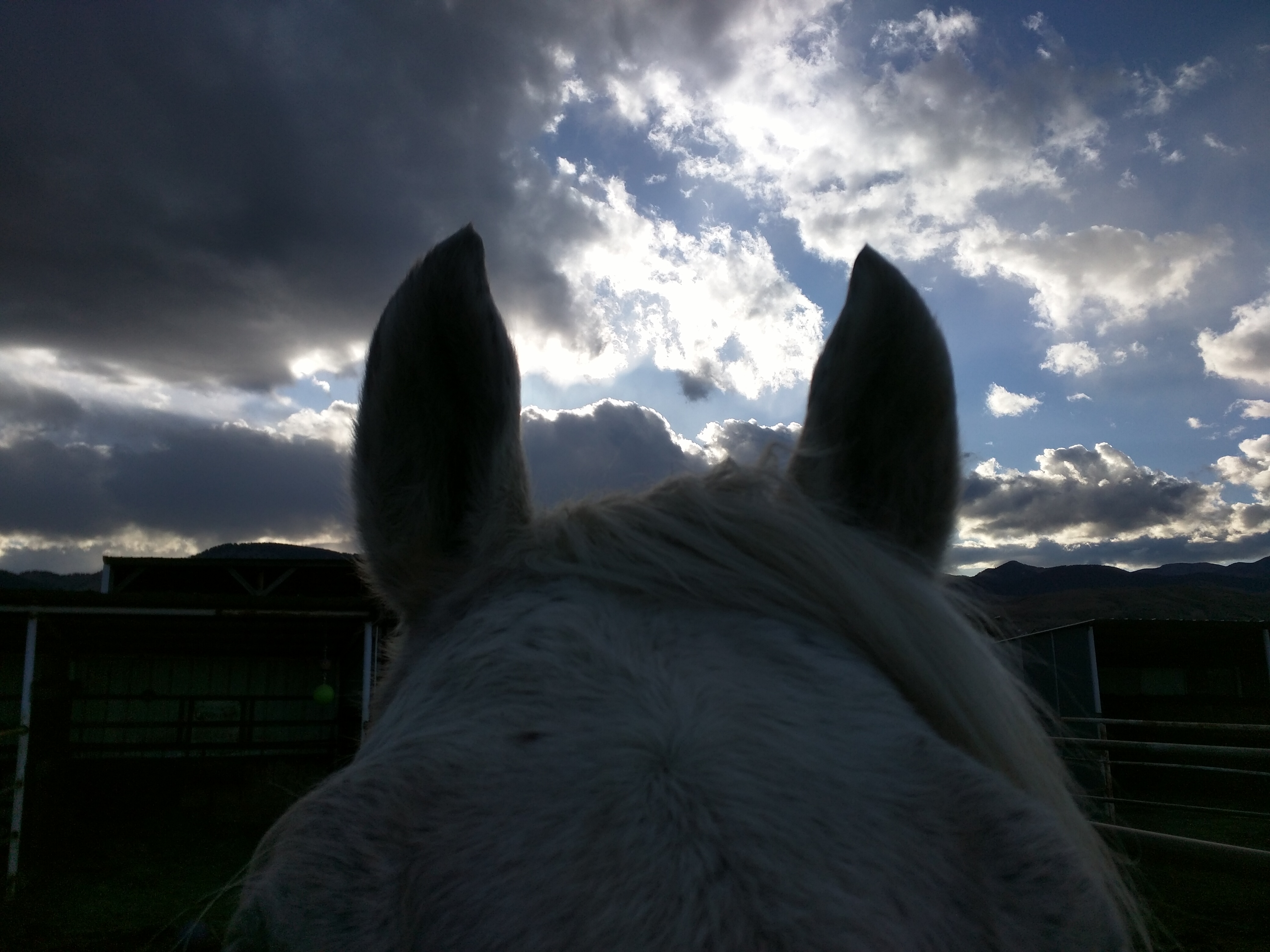Key findings from the report:

- Hospitalizations continue to rapidly increase. On the current trajectory the limits of current ICU capacity may be reached in late December. If spread of infections increase over the holidays due to, for example, social gatherings, ICU capacity could
be exceeded in mid-December.
- Hospitalizations continue to rapidly increase. On the current trajectory the limits of current ICU capacity may be reached in late December. If spread of infections increase over the holidays due to, for example, social gatherings, ICU capacity
could be exceeded in mid-December.
- Hospitalizations continue to rapidly increase. On the current trajectory the limits of current ICU capacity may be reached in late December. If spread of infections increase over the holidays due to, for example, social gatherings,
ICU capacity could be exceeded in mid-December.
- Hospitalizations continue to rapidly increase. On the current trajectory the limits of current ICU capacity may be reached in late December. If spread of infections increase over the holidays due to, for example, social gatherings, ICU capacity could be exceeded in mid-December.
- Avoiding peaks in infections and hospital demand over the next two months will require a substantial and rapid increase in transmission control. The magnitude and timing of reductions in transmission will determine the severity of COVID-19 in Colorado in the months ahead.
- The probability of encountering an infected person in the population is higher than it was at any point since SARS-CoV-2 arrived in Colorado. In some counties, like Denver, the virus is spreading even faster at a rate of approximately 1 in 100 Coloradans.
- Using an extended modeling approach that includes case data, we estimate that transmission control has declined for all age groups. Individuals aged 20-39 have the lowest estimated level of transmission control. Notably, transmission control estimates continue to decline in the oldest age group (age 65+) suggesting they are increasingly becoming infected with the virus, leading to growth in hospitalizations in this high-risk group.
- Avoiding peaks in infections and hospital demand over the next two months will require a substantial and rapid increase in transmission control. The magnitude and timing of reductions in transmission will determine the severity of COVID-19 in Colorado in the months ahead.
- The probability of encountering an infected person in the population is higher than it was at any point since SARS-CoV-2 arrived in Colorado. In some counties, like Denver, the virus is spreading even faster at a rate of approximately 1 in 100 Coloradans.
- Using an extended modeling approach that includes case data, we estimate that transmission control has declined for all age groups. Individuals aged 20-39 have the lowest estimated level of transmission control. Notably, transmission control estimates continue to decline in the oldest age group (age 65+) suggesting they are increasingly becoming infected with the virus, leading to growth in hospitalizations in this high-risk group.
- Hospitalizations continue to rapidly increase. On the current trajectory the limits of current ICU capacity may be reached in late December. If spread of infections increase over the holidays due to, for example, social gatherings,
ICU capacity could be exceeded in mid-December.
- Avoiding peaks in infections and hospital demand over the next two months will require a substantial and rapid increase in transmission control. The magnitude and timing of reductions in transmission will determine the severity of COVID-19 in Colorado in the months ahead.
- The probability of encountering an infected person in the population is higher than it was at any point since SARS-CoV-2 arrived in Colorado. In some counties, like Denver, the virus is spreading even faster at a rate of approximately 1 in 100 Coloradans.
- Using an extended modeling approach that includes case data, we estimate that transmission control has declined for all age groups. Individuals aged 20-39 have the lowest estimated level of transmission control. Notably, transmission control estimates continue to decline in the oldest age group (age 65+) suggesting they are increasingly becoming infected with the virus, leading to growth in hospitalizations in this high-risk group.
- Hospitalizations continue to rapidly increase. On the current trajectory the limits of current ICU capacity may be reached in late December. If spread of infections increase over the holidays due to, for example, social gatherings, ICU capacity
could be exceeded in mid-December.
- Avoiding peaks in infections and hospital demand over the next two months will require a substantial and rapid increase in transmission control. The magnitude and timing of reductions in transmission will determine the severity of COVID-19 in Colorado in the months ahead.
- The probability of encountering an infected person in the population is higher than it was at any point since SARS-CoV-2 arrived in Colorado. In some counties, like Denver, the virus is spreading even faster at a rate of approximately 1 in 100 Coloradans.
- Using an extended modeling approach that includes case data, we estimate that transmission control has declined for all age groups. Individuals aged 20-39 have the lowest estimated level of transmission control. Notably, transmission control estimates continue to decline in the oldest age group (age 65+) suggesting they are increasingly becoming infected with the virus, leading to growth in hospitalizations in this high-risk group.
No events currently scheduled.